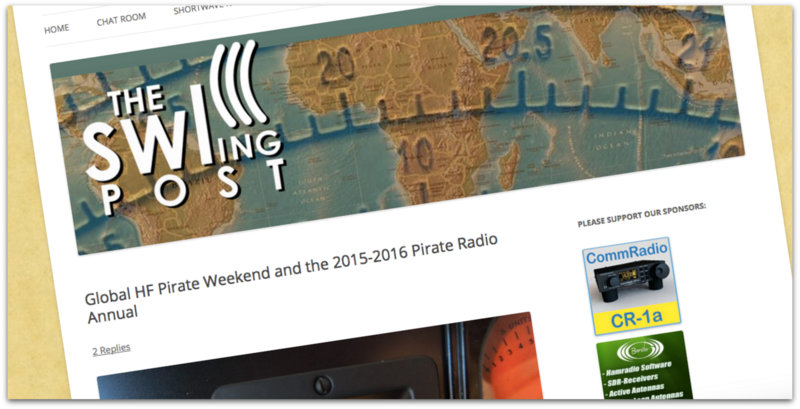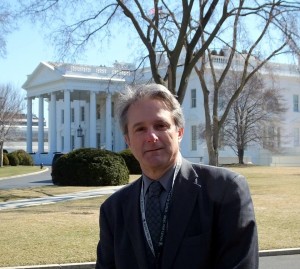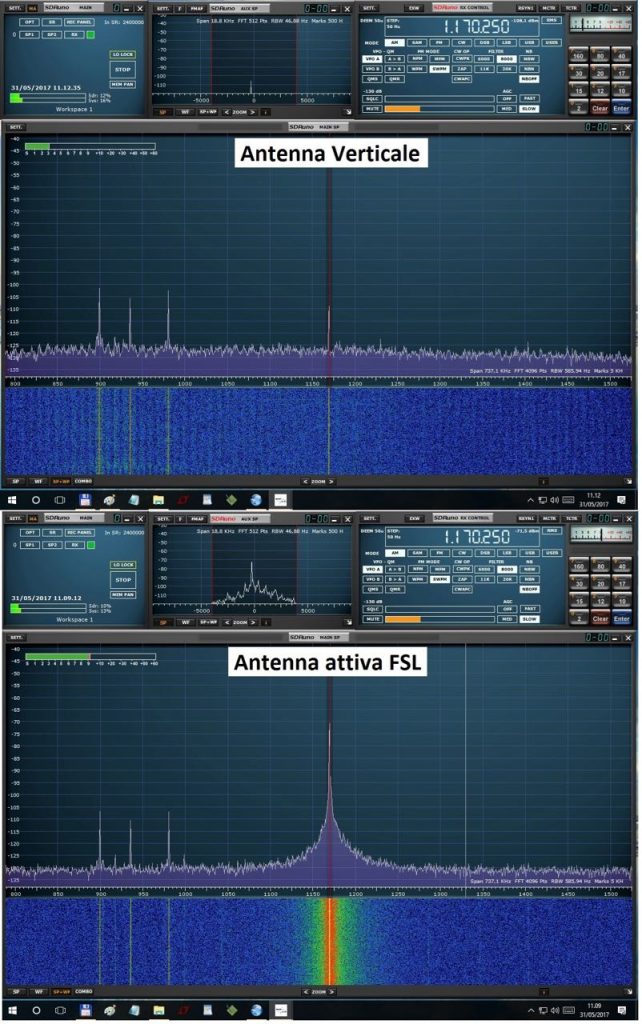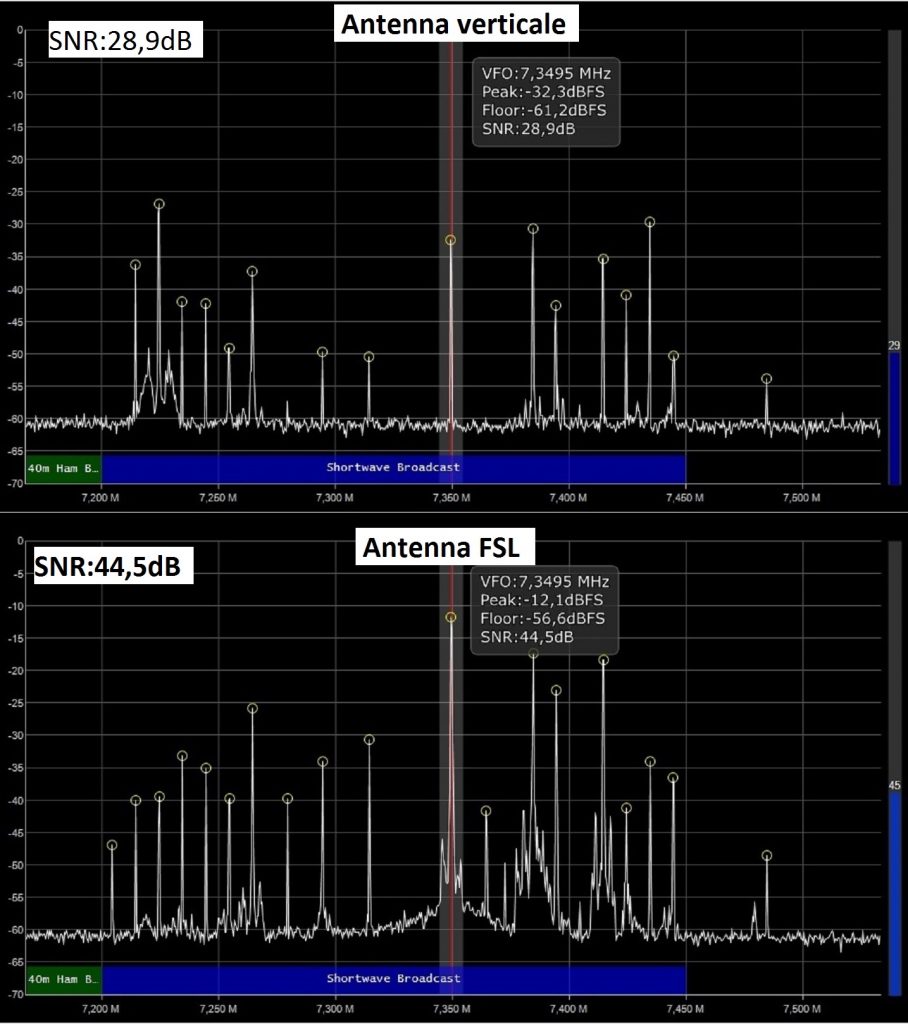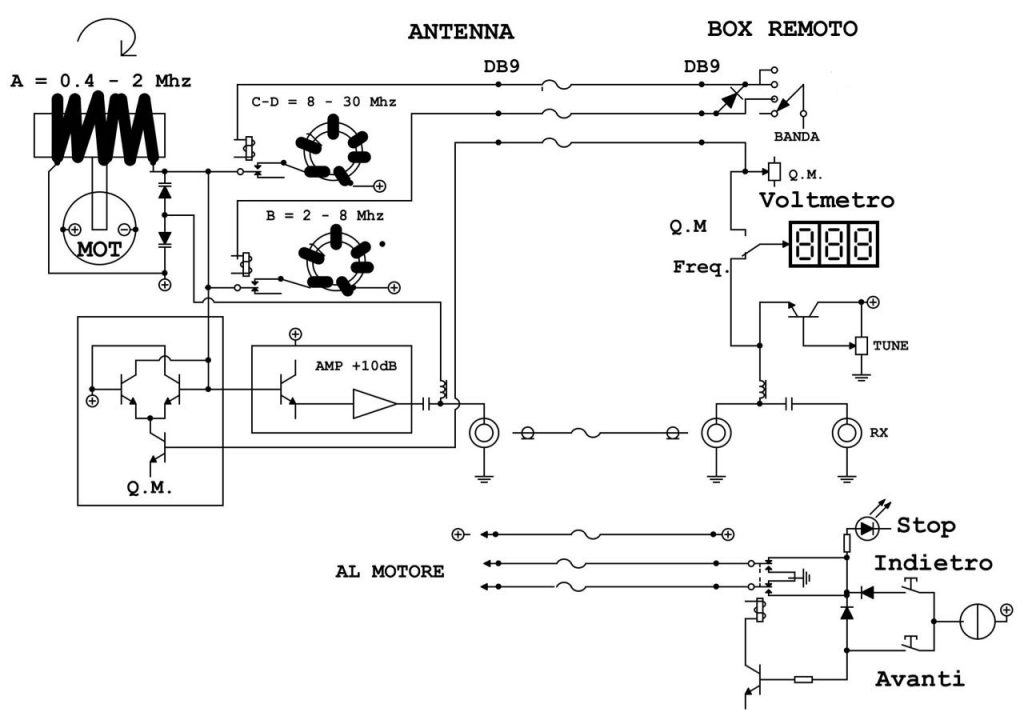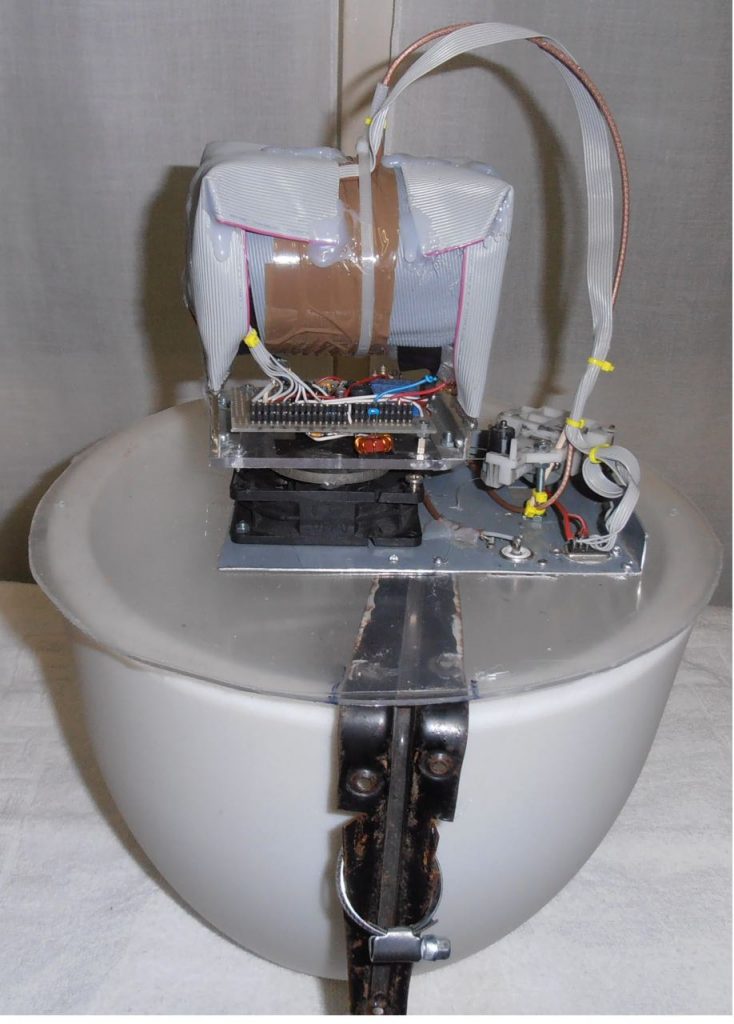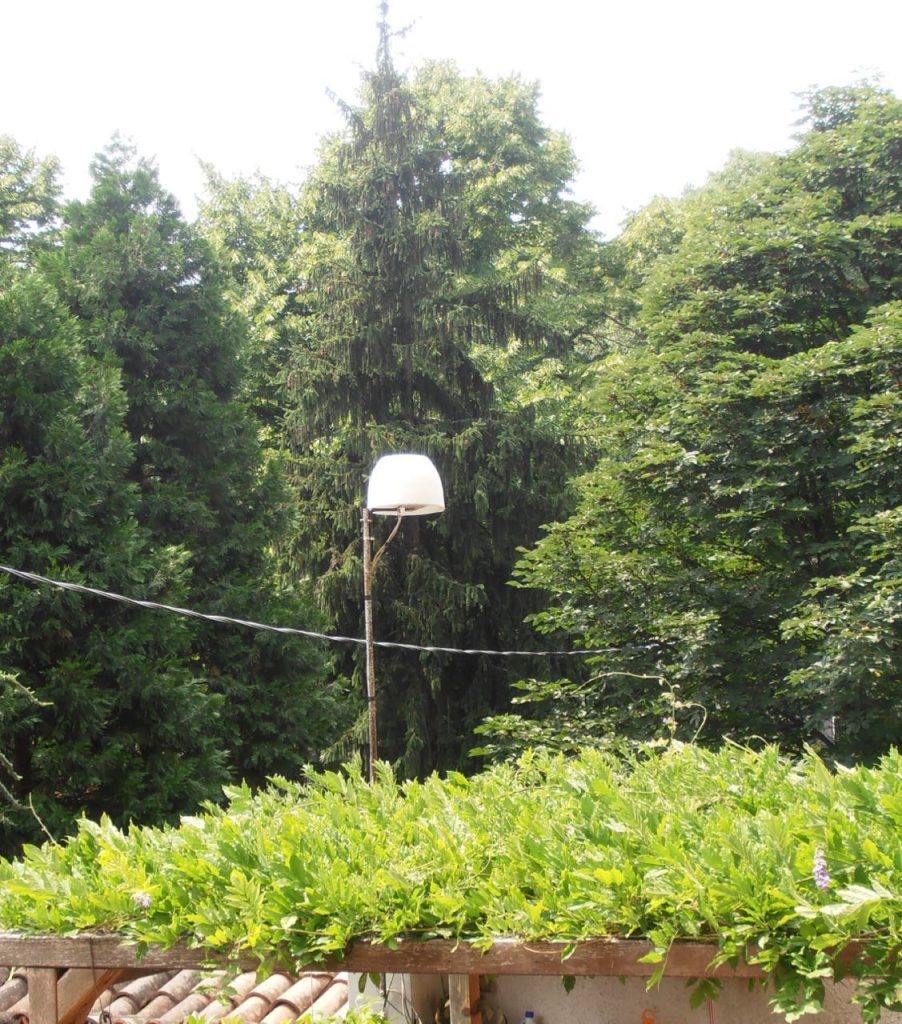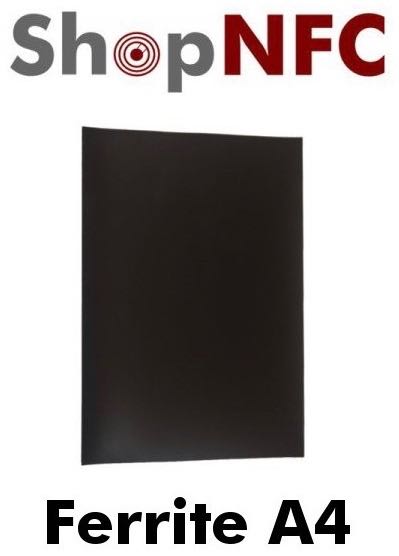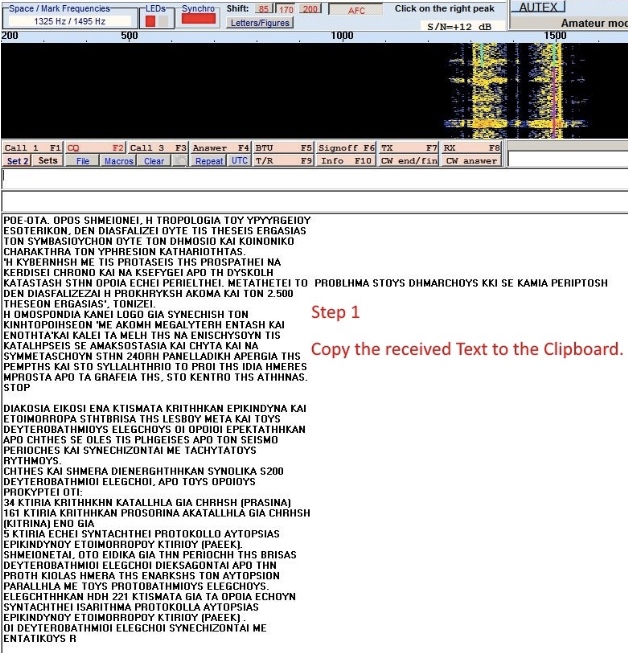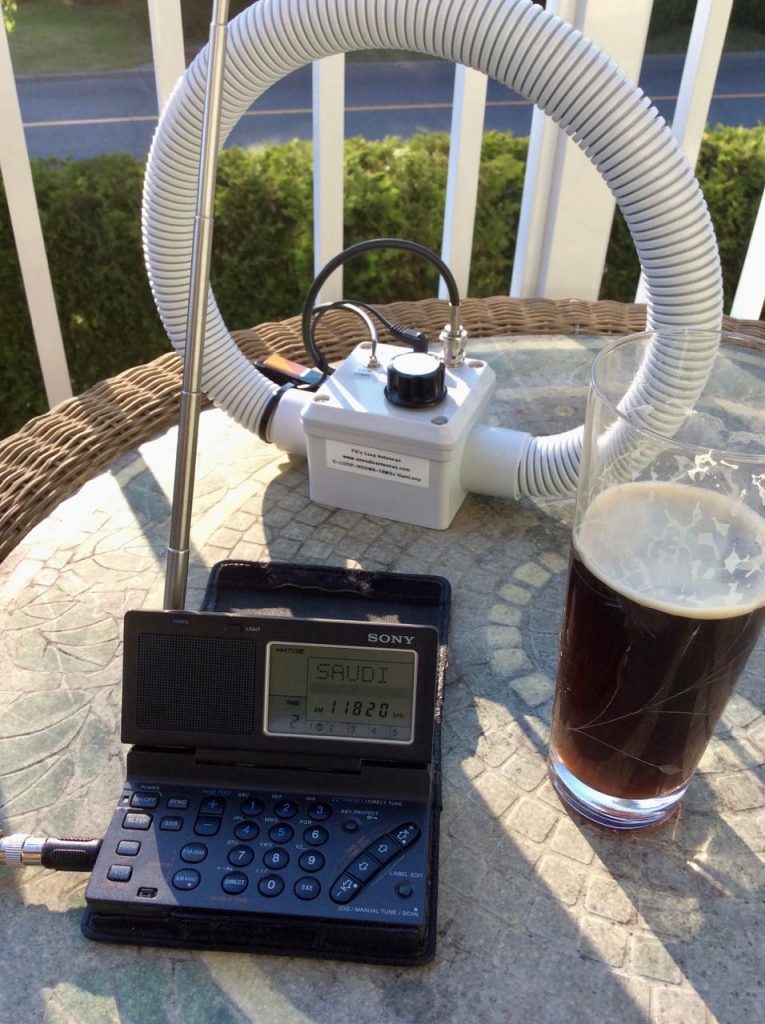
A Sony SW100, a PK Loop, and a pint of L’Écurieux brown ale. Lovely trio!
If you’re a regular Post reader, you’re probably aware that I enjoy a relatively RFI-free environment at my rural mountain home. RFI-free living is something of a luxury, even though our rural location also equates to appallingly slow Internet service.
But unfortunately, when I travel, I usually find that I’ve traded my RFI-free atmosphere for the chaos of noise-ridden bands. If you’ve ever stayed at a modern hotel and tried to tune to anything on mediumwave or shortwave, you’ll know just what I mean.
We’ve spent this summer, like last, near Québec City, Canada. Near this fairly large city, I’ve been greeted by more than enough RFI to make up for the lack of RFI most of the year.
I attribute the atrocious RFI to the number of light dimmers the developers put in this condo complex and the proximity to a field of noisy electrical poles. Of course, all of the unregulated power supplies in the area don’t help, either. It’s a jungle of noise.
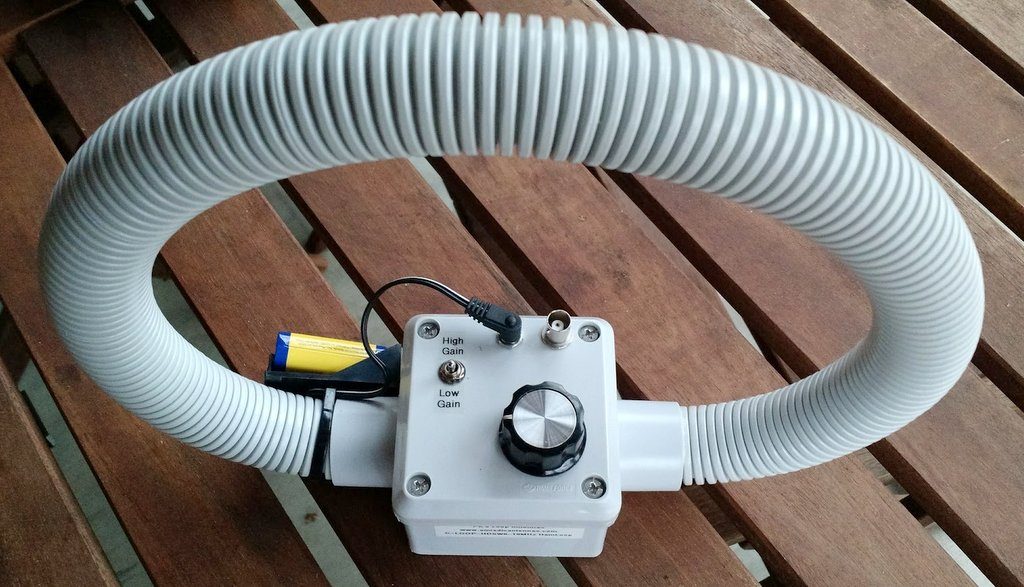
The PK Loop
Last year, I purchased a PK Loop portable HF loop antenna (about $150 on eBay)–specifically with hotels and this very condo in mind. I must say, it has been a welcome travel companion on this trip.
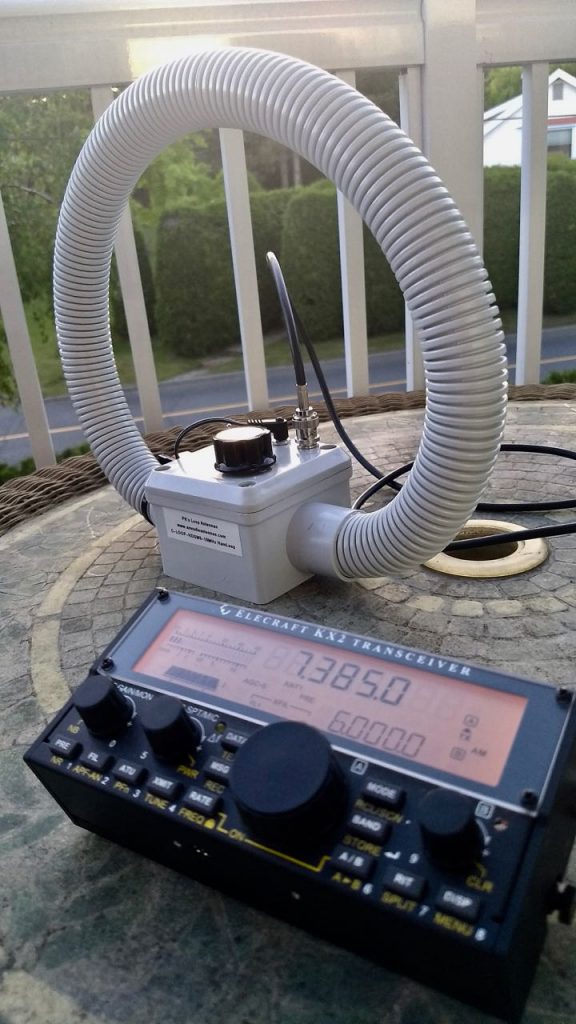
The Elecraft KX2 and PK Loop
While the PK Loop seems to pair well with my Sony SW100, I also love using it with my Elecraft KX2 for SWLing.
Sadly, the PK Loop doesn’t provide the noise mitigation of a large wideband mag loop antenna–like a Wellbrook or Pixel Loop–but it does lend itself to excellent portability and takes the edge off the noise.
While it’s easy to do my radio listening in the condo from a comfy chair, in reality, it limits what I can receive in a serious way. The 31 meter band, for example, is so heavily submerged in RFI that only the strongest stations can punch through (for example, Voice of Greece, Radio Romania International, WRMI, WBCQ, Radio Havana Cuba, China Radio International).
So, what can I do?
Hit the field, of course!
That’s right. Taking a page from the books of SWLing Post contributors London Shortwave and Clint Gouveia, I realize I can simply leave the RFI behind and seek a sound, radio quiet spot for SWLing/DXing!

My listening post last year–during the BBC Midwinter broadcast–in the parking lot of St-Anne-de-Beaupré basilica.
Over the past two months, I’ve taken time to escape the RFI and do a few live listening sessions and spectrum recordings in the field. I’ve always got my SDRplay RSP, Elecraft KX2, and Sony ICG-SW100 at the ready. In terms of wire antennas, I’ve deployed my NASA PA30 and even my QRP Trail-Friendly EFT, with good results.
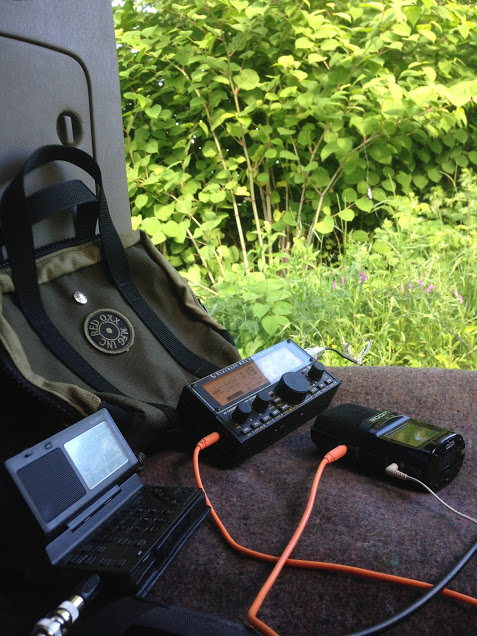
Listening to the 2017 BBC Antarctic Midwinter Broadcast from the back of my vehicle in Saint-Anne-de-Beaupré, Québec, Canada.
I’ve also been experimenting with the homebrew Miniwhip antenna that SWLing Post contributor, Steve Yothment, provided earlier this year, based on the design used by the U Twente WebSDR. As Guy Atkins recently demonstrated, miniwhip designs do require some distance from sources of RFI, however.
The field is your friend…
Just a friendly reminder that if you live in an RFI-dense environment, you can certainly design a system to help mitigate RFI at home. After all, home is where you likely spend the bulk of your free time.

View of the Saint Lawrence River from my back-of-the-minivan listening post.
But, again, the easiest way to substantially increase your chances of snagging DX stations is to simply hit the field.
Join me in giving it a try. Find an RFI-free location with access to a couple of trees to hang a simple wire antenna–say, in a park, at the side of a rural road, on a friend’s farm…and if you find the listening good, make it your radio get-away. You’ll likely find that your portable shortwave radio can outperform your at-home tabletop receiver simply by removing yourself and your radio from the noisy environ of indoors.
When you first start doing radio in the field, it might feel a bit awkward–especially if you’re taking more than a portable shortwave along for the ride–but you’ll soon enjoy the fresh air ambiance and maybe even prefer it to indoors. Even if you’re in a public setting where curious passers-by may want to know what you’re doing, as they undoubtedly will…When questions arise, take a (brief!) moment to educate your questioner(s) about the fascinating and nearly-forgotten world of shortwave radio––maybe you’ll inspire others to listen in, too.
And trust me: once you’ve been to the field a few times, you’ll start to look forward to playing radio in the great–and noise-free–outdoors!


